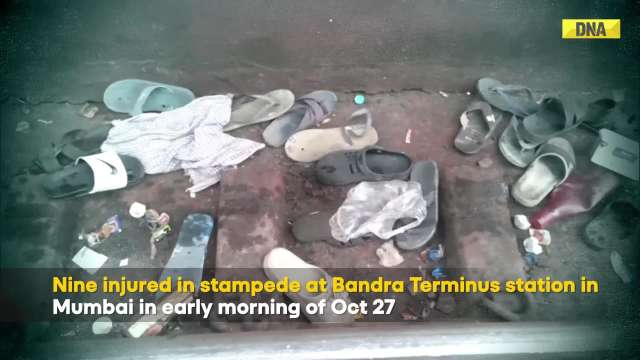- LATEST
- WEBSTORY
- TRENDING
WORLD
Fight against Dalai Lama to be intense: Chinese official
"The fight against the Dalai Lama clique is meant to be lasting, intense, complicated, and sometimes fought vehemently," said Padma Choling, the chairman of the Tibet Autonomous Region.
TRENDING NOW
A top Chinese official heading the Tibet administration has said fight against Tibetan spiritual leader Dalai Lama is meant to be "lasting, intense and complicated" and the government faced "arduous task" of keeping secessionists away.
"The fight against the Dalai Lama clique is meant to be lasting, intense, complicated, and sometimes fought vehemently," said Padma Choling, the chairman of the Tibet Autonomous Region.
"We are still facing an arduous task to fight secessionists and maintain stability in the region," official Xinhua quoted Choling as saying in his first government report submitted to the local legislature for review on Monday.
The review blamed the secessionist forces led by the 14th Dalai Lama for provoking the deadly riots in Lhasa and other Tibetan regions in March 2008 in which several were people were killed.
According to reports, the riots were sparked by resentment over increasing presence of mainland Chinese in the developmental projects in the Himalayan region.
On the economic front, Choling said the government's goal in achieving rapid development and long-term stability in Tibet also faces challenges from lagging infrastructure construction, development gap between urban and rural areas, and lack of a system to ensure long-term growth of residents' incomes.
Further, Choling noted that the region's economy grew by 12.2% in 2010.
Additionally, incomes for both urban residents and nomads continued to grow and efforts to tame environmental hazards were strengthened while new roads and airports were built.
The central government has been pouring vast amount of funding, personnel, and resources to assist Tibet's development over the past decades, the Xinhua report said.
Much of these efforts can be seen in the complete makeover of Lhasa and other cities and towns in the region, along with their improved transport links - including the landmark Qinghai-Tibet Railway which began connecting the region by rail with the rest of the country in 2006, it said.








)
)
)
)
)
)
)
)
)
)
)
)
)
)
)





























































